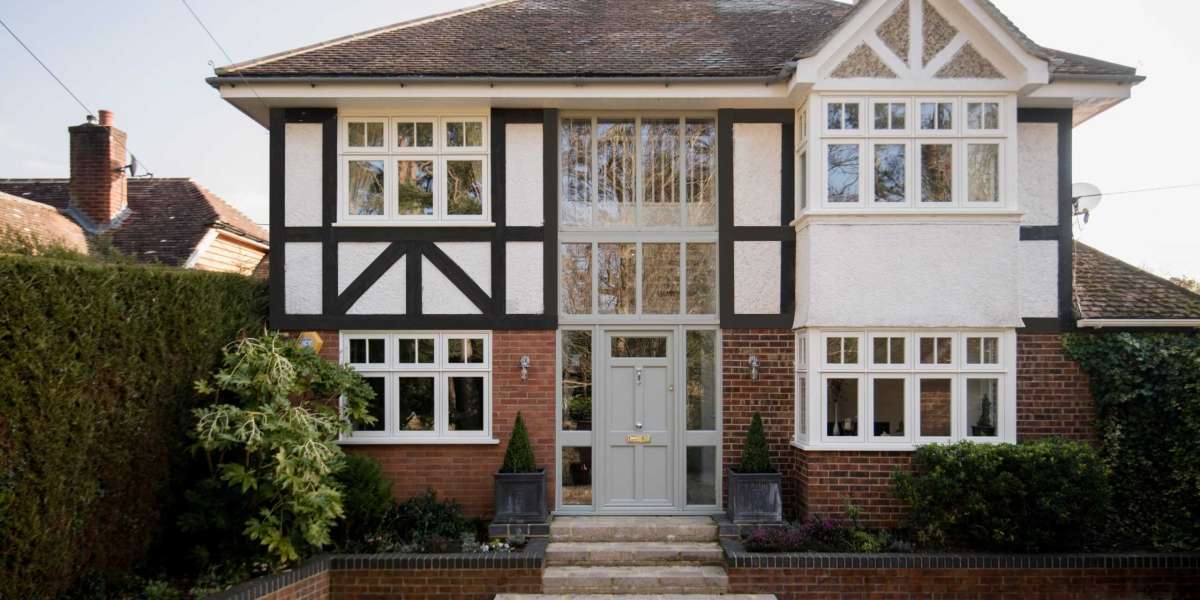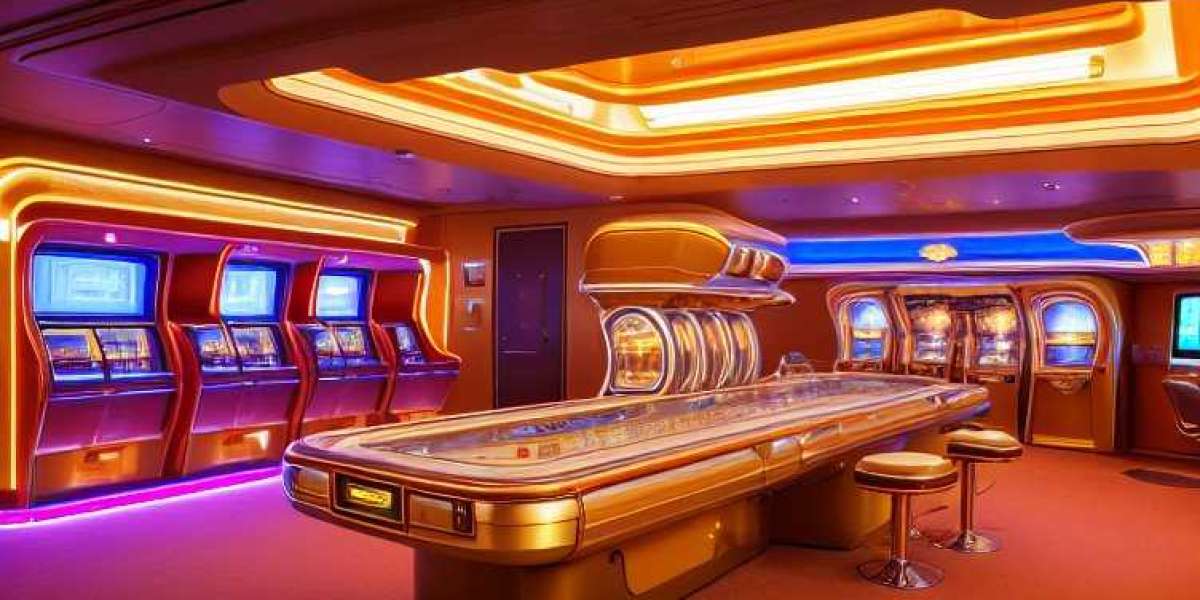Unveiling the Battle of Brightness: Laser vs. LED Projectors!
In today's digital age, projectors have become an essential tool across various settings, whether it's for home entertainment, professional presentations in the office, or educational resources in classrooms. With the advancement of technology, the popularity of projectors has surged, particularly laser projectors and LED projectors, each offering unique benefits tailored to different needs. This article aims to delve into the core differences between laser projectors and LED projectors, comparing their functionalities, advantages, and disadvantages to aid you in making an informed choice.

Understanding Laser Projectors
Laser projectors utilize laser diodes as their light source, enabling them to produce exceptionally bright images with vivid color accuracy. The mechanics are quite fascinating; laser beams are precisely modulated to create images, which results in sharp, clear visuals, even in well-lit environments. One of the standout features of laser projectors is their impressive brightness levels, often exceeding 5,000 lumens, making them suitable for large venues such as auditoriums or conference rooms. Additionally, they boast a lifespan of up to 20,000 hours, significantly reducing the need for frequent replacements. This longevity is a game-changer for businesses that rely on consistent performance. Personal experience has shown that friends who have installed laser projectors in their home theaters rave about the clarity and brilliance of the colors, particularly during movie nights.
Understanding LED Projectors
LED projectors, on the other hand, use light-emitting diodes to project images. These projectors are known for their compact size and portability, making them an excellent choice for casual users and travelers. While they may not reach the brightness levels of their laser counterparts—typically around 1,000 to 3,000 lumens—they compensate with remarkable energy efficiency and color performance. LED projectors can display a broader spectrum of colors, resulting in vibrant images that are particularly appealing for home use or smaller settings. One of the significant advantages is the instant on/off capability, allowing users to save time during setup. I recall a friend who frequently uses an LED projector for outdoor movie nights; she appreciates how easy it is to transport and set up in her backyard without the hassle of long warm-up periods.
Comparative Analysis: Laser vs. LED Projectors
When comparing laser and LED projectors, several key features come into play. Brightness is paramount; laser projectors generally outperform LED projectors in this area, making them ideal for larger spaces and bright environments. However, LED projectors excel in color reproduction, often providing richer and more vibrant images. The lifespan of laser projectors also stands out, with many lasting significantly longer than LED projectors, which typically have a lifespan of around 10,000 hours. Maintenance is another consideration; laser projectors may require professional servicing due to their complexity, while LED projectors are often simpler to maintain. Cost-effectiveness plays a crucial role in the decision-making process as well; while laser projectors tend to have a higher upfront cost, their longevity can justify the investment over time. User experiences vary, with some preferring the portability and ease of use of LED projectors, while others value the superior brightness and image quality of laser projectors, depending on their specific needs.
Advantages and Disadvantages
Both laser and LED projectors come with their respective sets of advantages and disadvantages. Laser projectors often shine with higher brightness levels, longer lifespans, and superior color accuracy, making them ideal for professional settings. However, the cost can be a considerable drawback, as they are generally more expensive than LED projectors. On the flip side, LED projectors offer lower energy consumption, portability, and instant startup, making them an attractive choice for casual users and smaller venues. Nevertheless, they may fall short in brightness, especially in larger or brightly lit environments, and can sometimes struggle with color accuracy compared to laser projectors. Understanding these factors is crucial when determining which type of projector aligns best with your needs.
Summary of Key Insights
In summary, both laser and LED projectors have their unique strengths and weaknesses. Laser projectors provide higher brightness and longer lifespans, making them suitable for professional and large-scale applications. In contrast, LED projectors offer portability, energy efficiency, and ease of use, appealing to casual users and smaller settings. When choosing between the two, it's essential to consider your specific requirements, including the environment in which the projector will be used, your budget, and the desired image quality. By evaluating these factors, you can make a more informed decision that best suits your projector needs.








